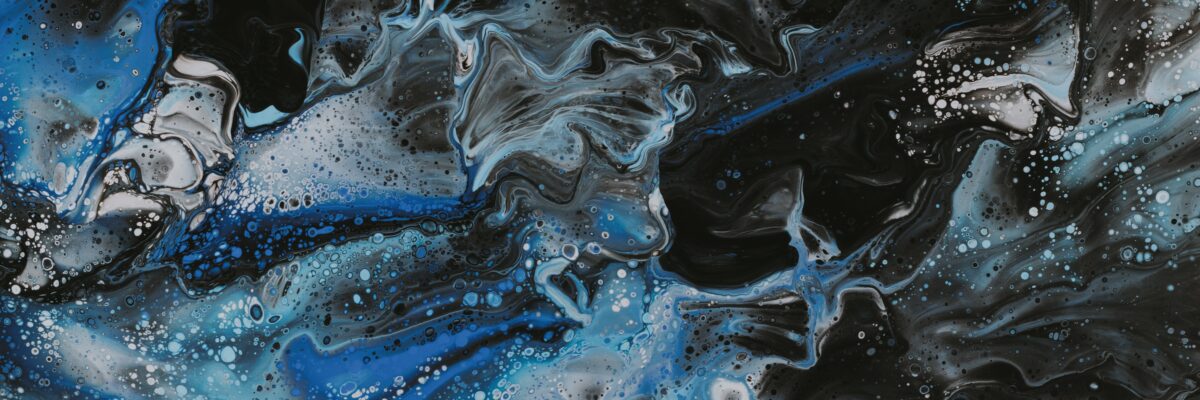Arts on Prescription (AoP) is a model of social prescribing, similar to e. g. Literature, Nature, Physical Activity on Prescription. AoP promotes mental wellbeing and social belonging.
Arts on Prescription (AoP) is for persons with mild to moderate mental health issues such as; stress, anxiety and depression or those at risk of developing them due to social isolation, a life crisis, and/or loneliness.
Arts on Prescription is a community-based programme, where individuals participate in group-based culture and arts activities for example; painting, playing music, dancing, and visiting museums. Participating in such activities promotes mental health and wellbeing and fosters a sense of community and social belonging.
AoP enables health professionals, social services, jobcenters and other referral channels to refer individuals to group-based culture and arts activities. These activities can include portrait painting, song writing, pottery clay sculpture etc

The World Health Organisation defines social prescribing as “a means of connecting patients to a range of non-clinical services in the community to improve their health and well-being” A toolkit on how to implement social prescribing.
In the 1990’s England introduced the first AoP model. Since 2000 many other countries, such as US, Australia, Sweden, and Denmark have been adapting and testing different AoP models. AoP programmes worldwide have been designed, tested and implemented somewhat differently. While some programmes offer the same arts activity once a week, other programmes offer multiple arts activities several times a week. Referral channels range but not limited to only medical health providers e.g. GPs, to a broader range of referral channels i.e. social workers, employment agencies, educational institutions.
Research in the field of culture and health suggests, engaging in the arts has a preventative and positive effect on mental health. Studies of specific arts interventions (including singing, drumming, arts and crafts, dancing, photography and visiting cultural heritage sites) have shown increases in all types of individual and social well-being, as well as reducing the risk of developing mental illness such as depression in adolescence and in older age. Fancourt, Daisy & Finn, Saoirse. (2019).
Video: Mārtiņš Kreilis
The Arts on Prescription in the Baltic Sea Region project 2023-2025 is building further on these models by piloting an AoP generic programme concept to create an AoP Baltic Sea Region model.

